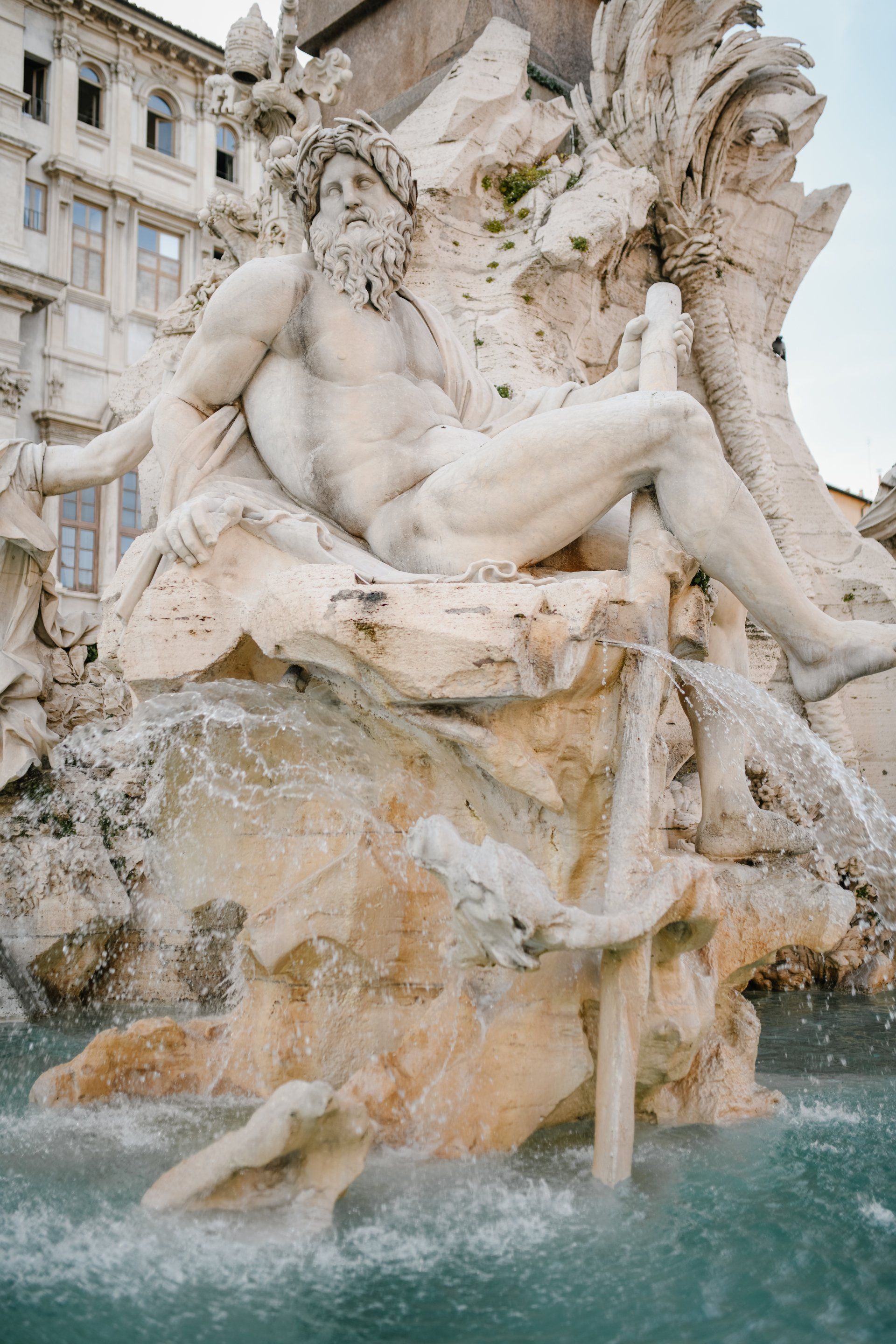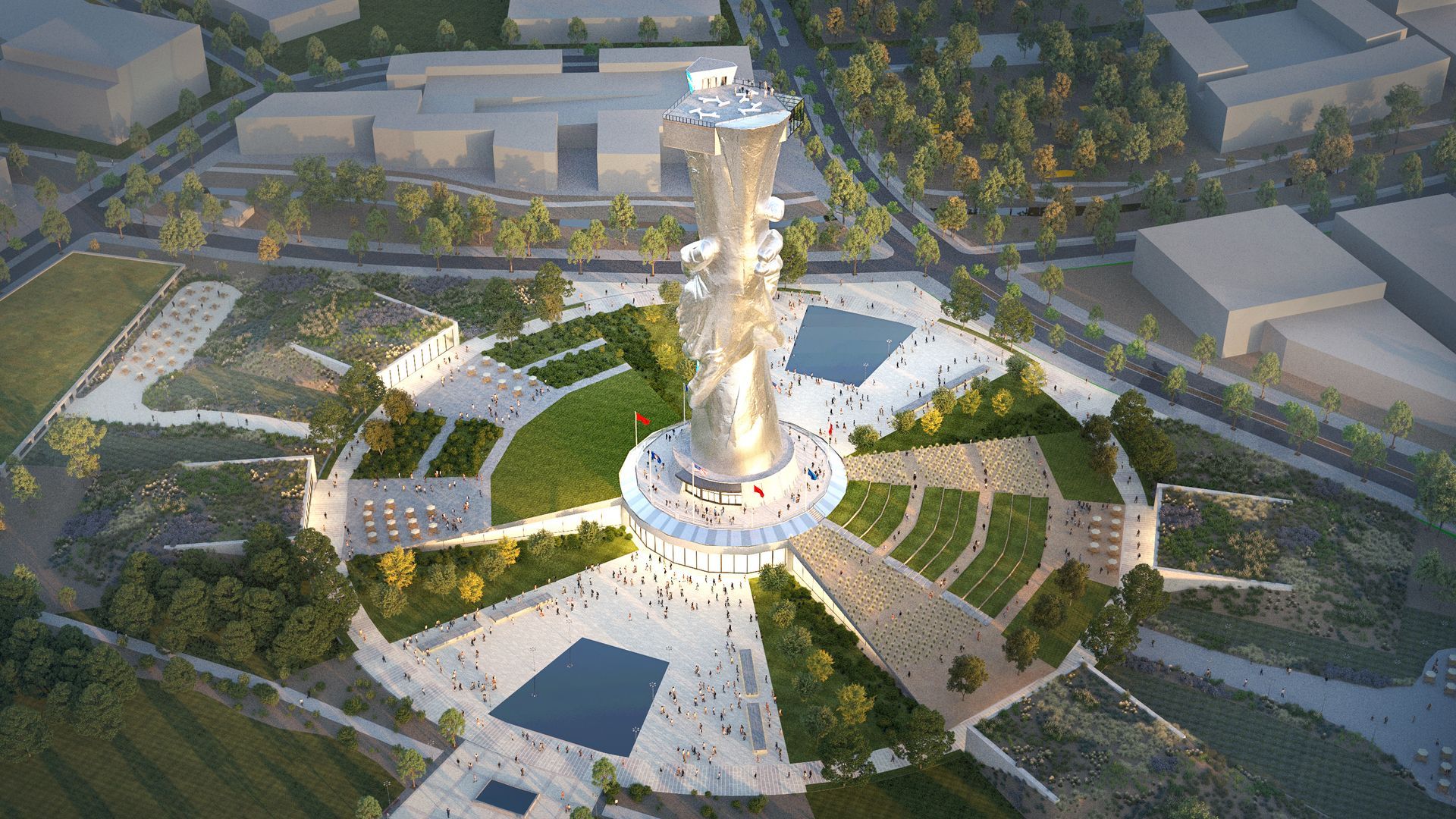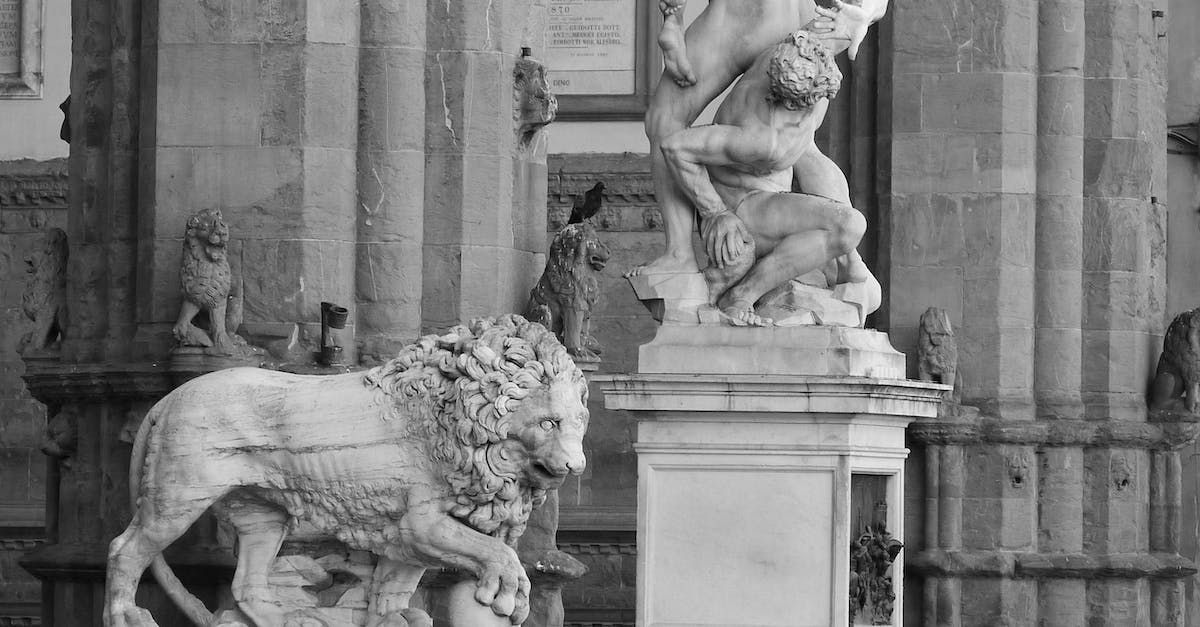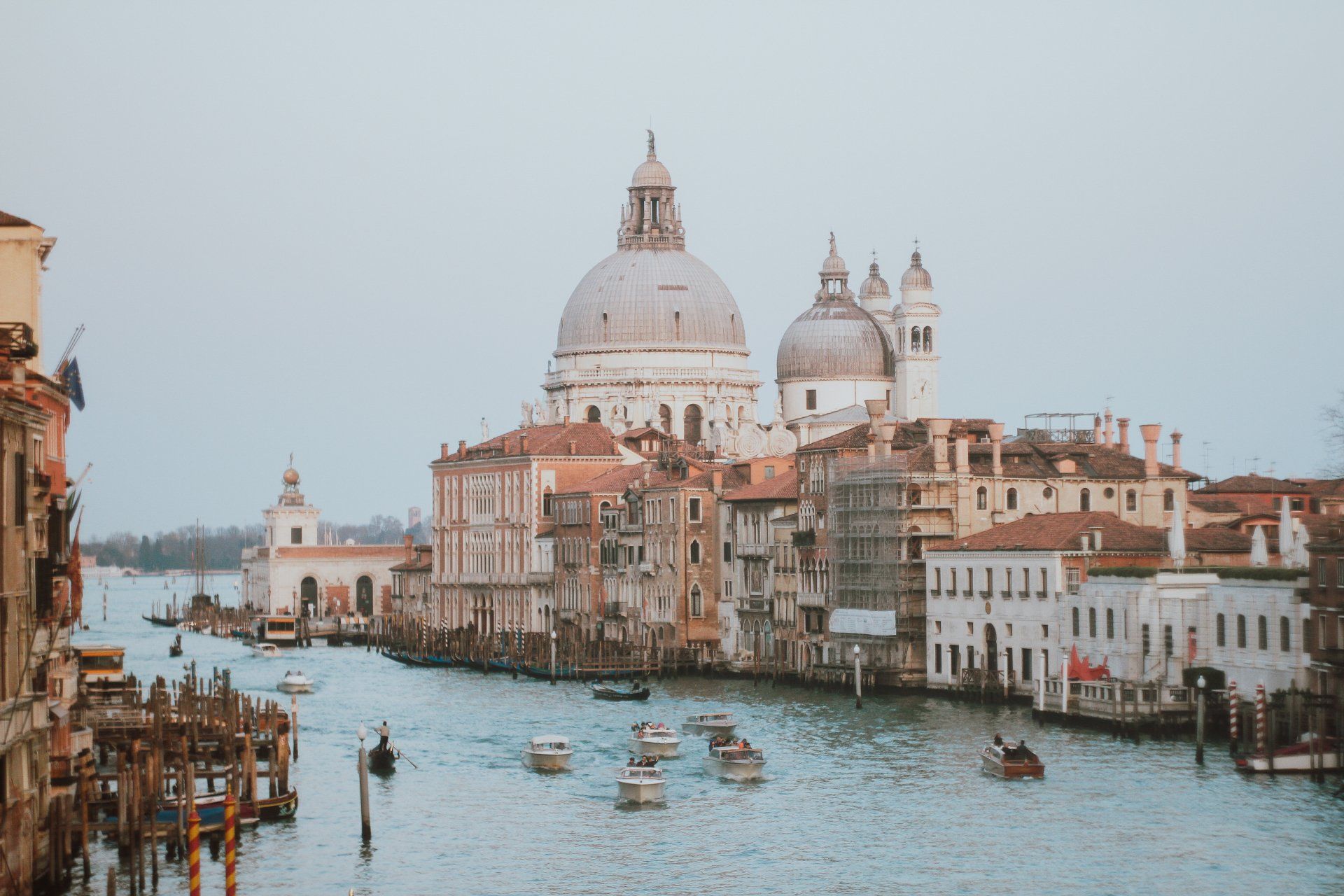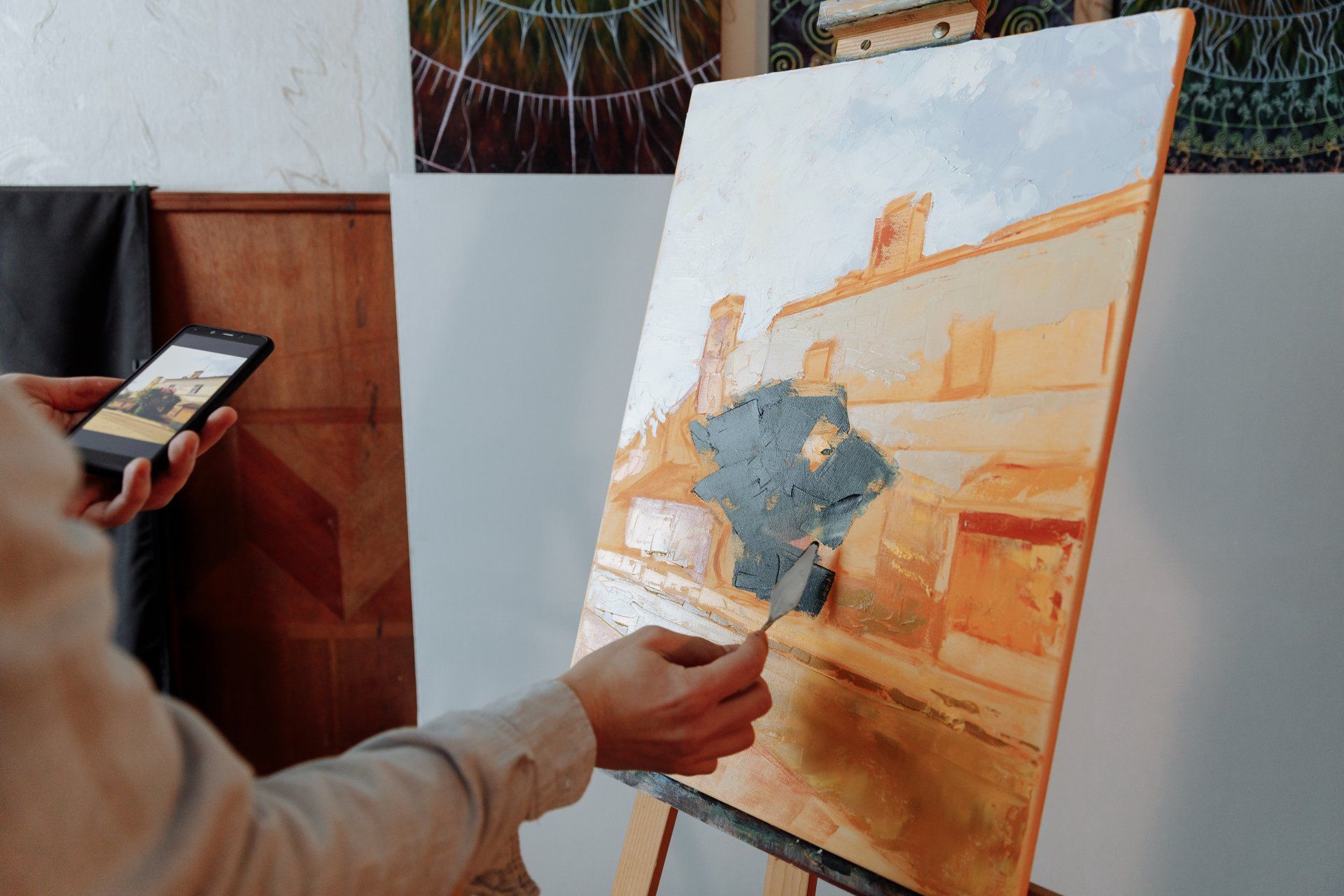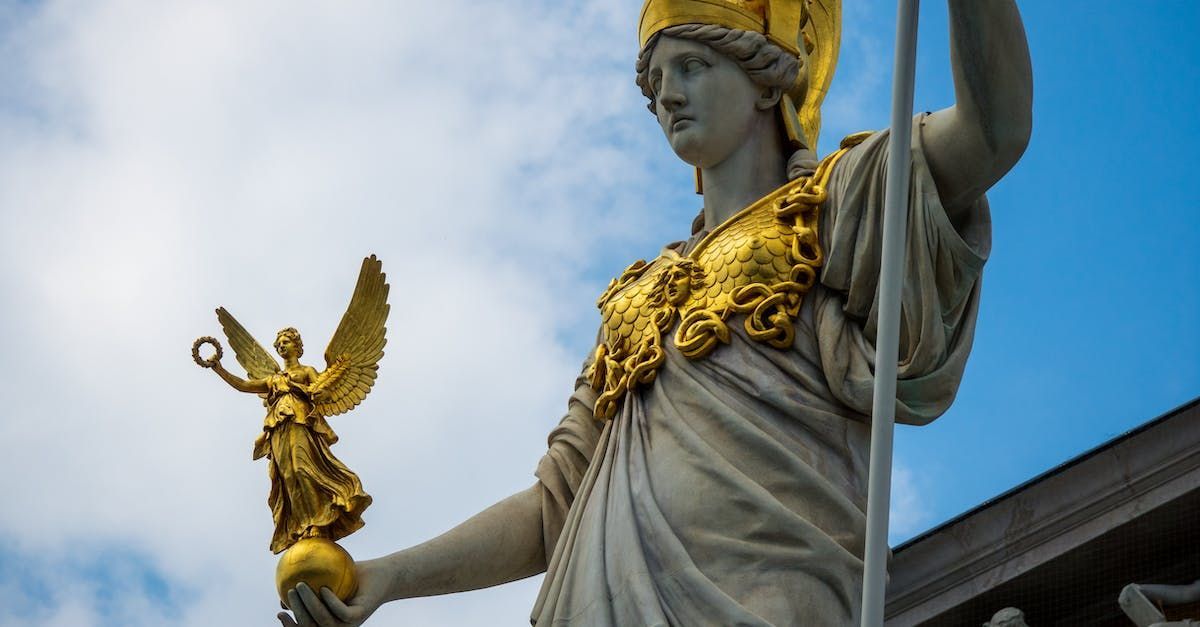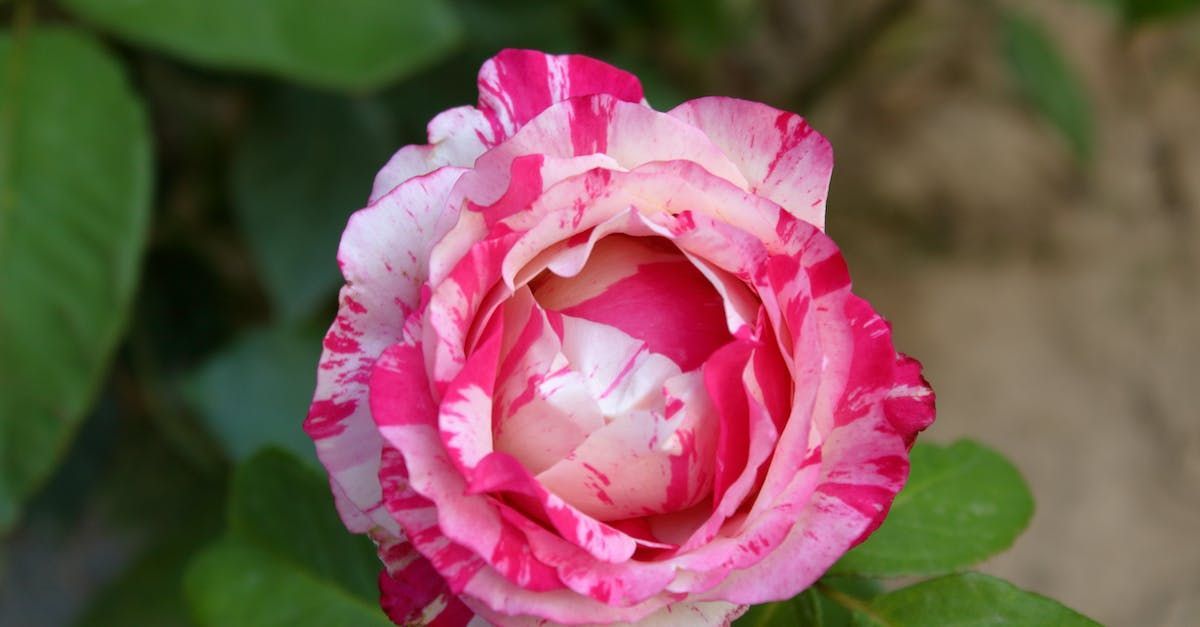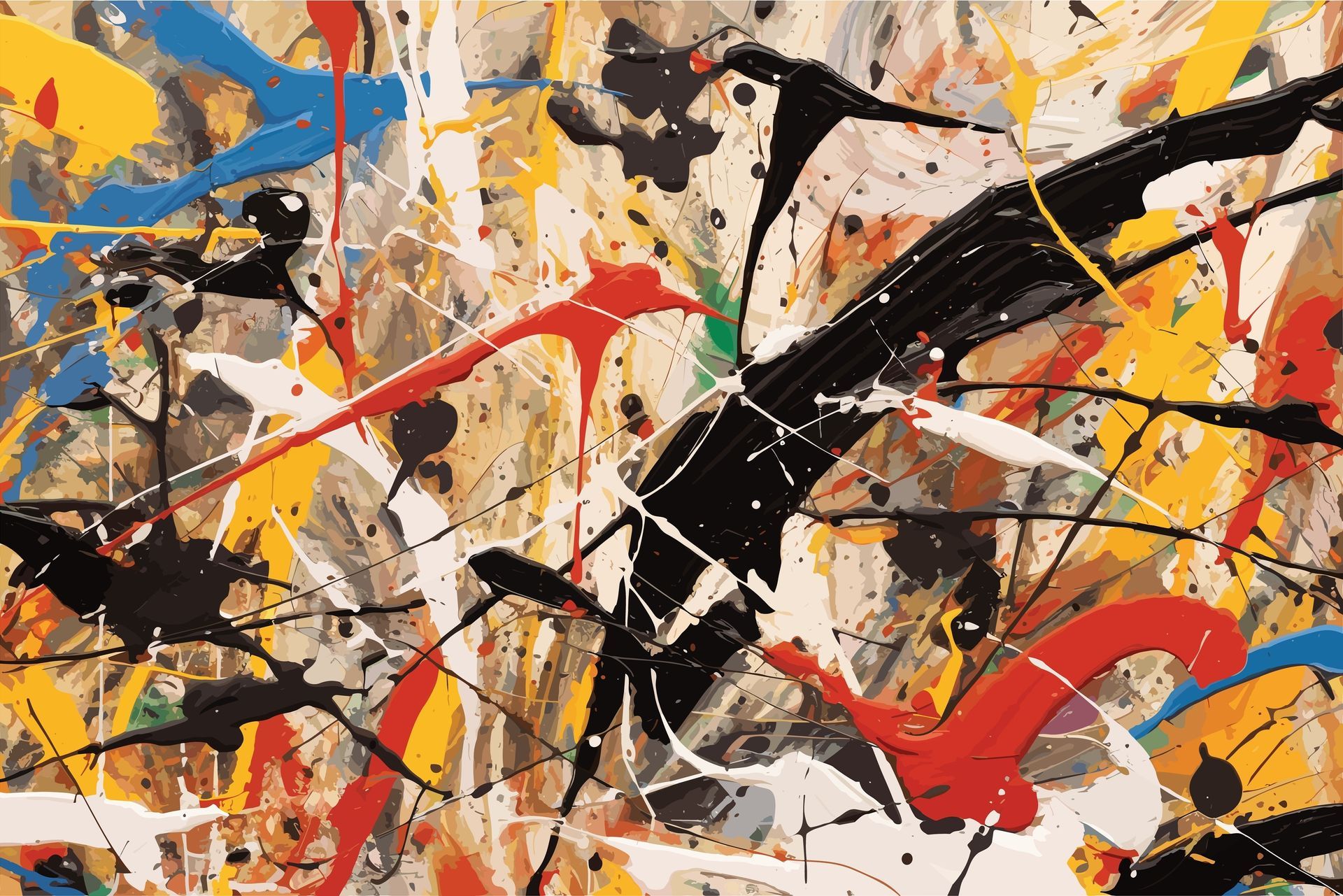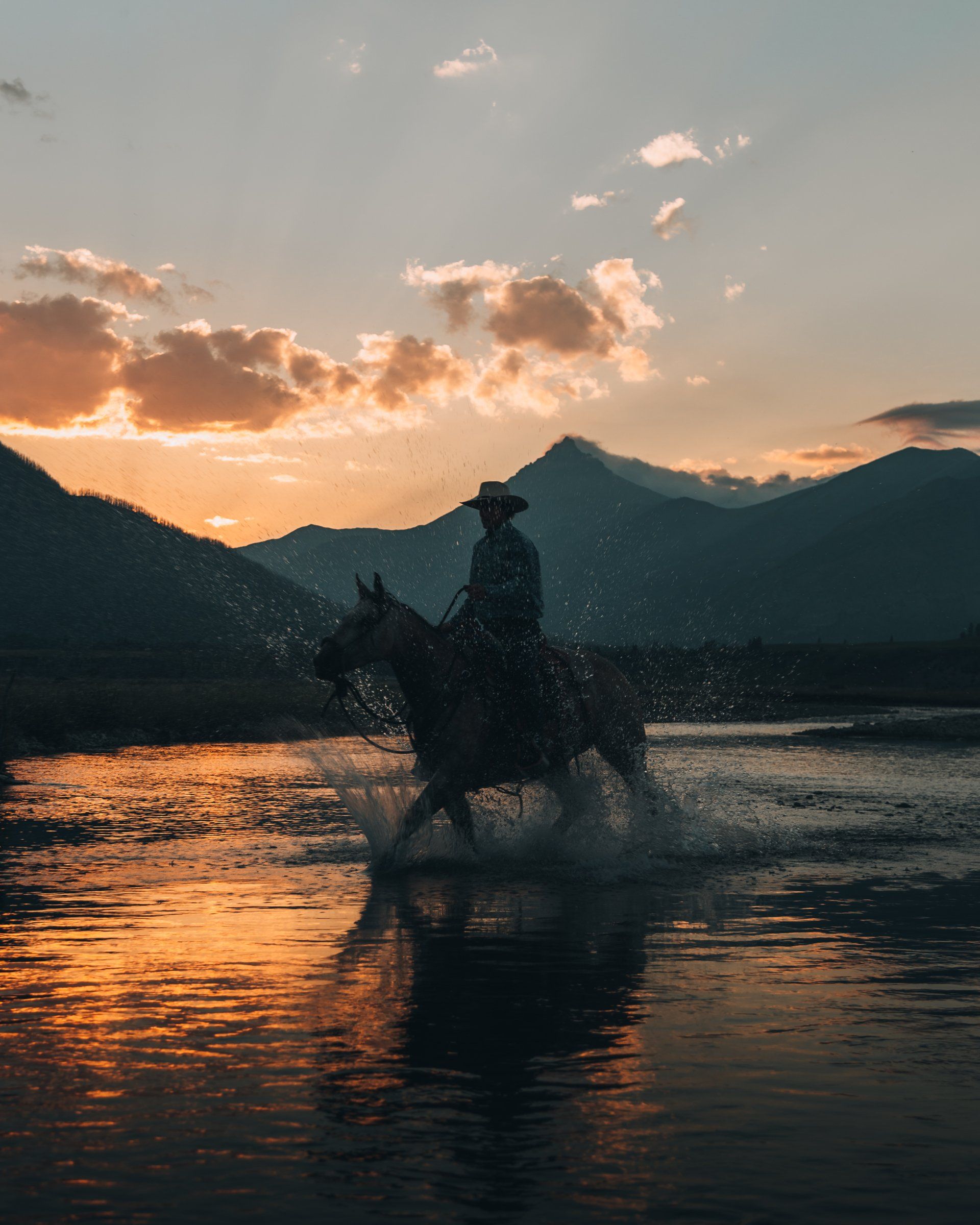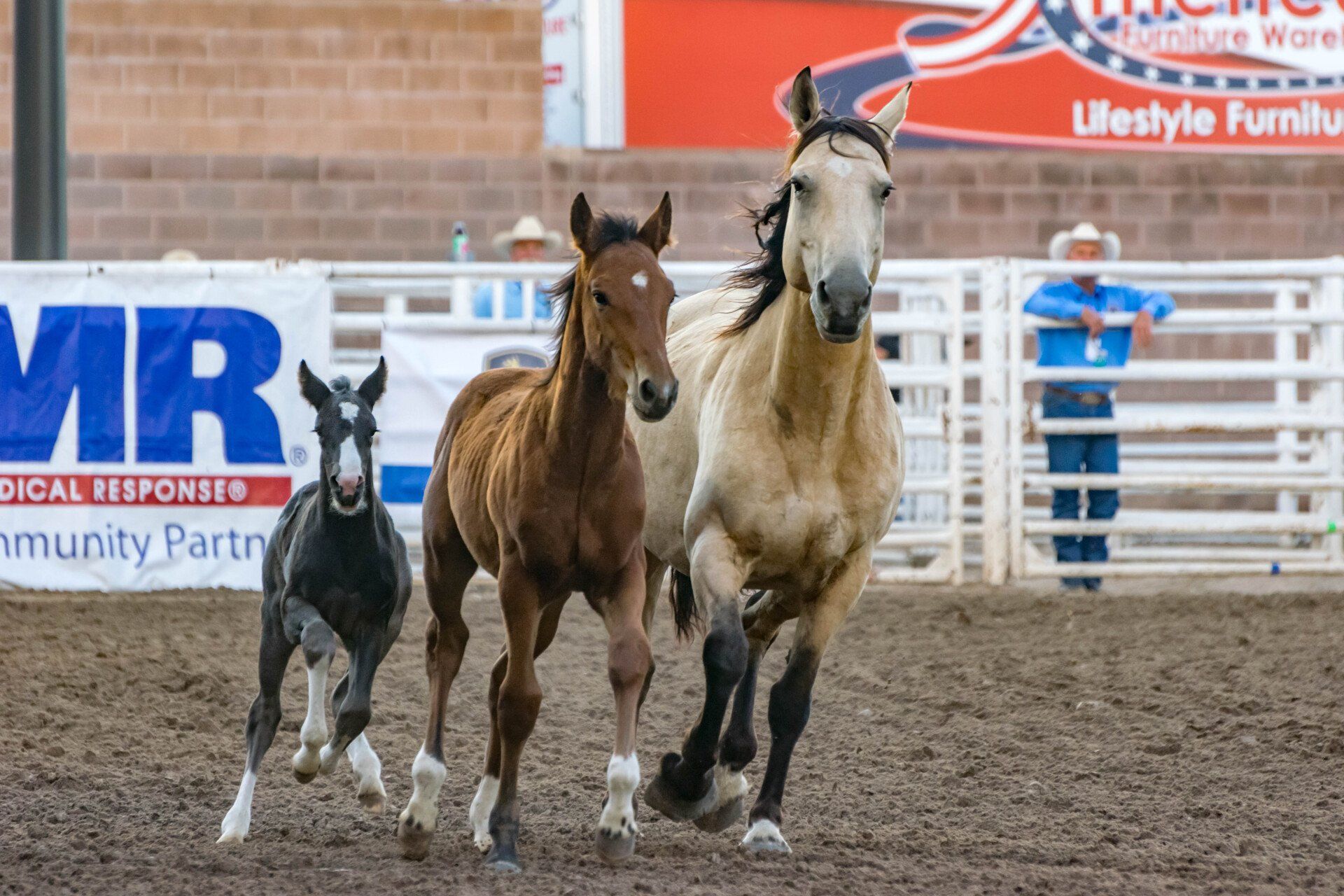G. Harvey
Celebration of Western Heritage and Cowboy Life

G. Harvey, an esteemed artist who lived from 1933 to 2017, made significant contributions to celebrating the Western heritage and cowboy life through his paintings. His nostalgic and highly detailed artworks captured the essence of the American West, depicting cowboys, cattle drives, and small-town scenes. This article explores G. Harvey's artistic style, his focus on the Western heritage, and his ability to evoke a sense of nostalgia through his artwork.
Celebration of Western Heritage and Cowboy Life:
G. Harvey's paintings were a celebration of the Western heritage and the cowboy way of life. His deep appreciation for the traditions, values, and spirit of the American West shone through in his artwork. Harvey's paintings conveyed a sense of nostalgia and romanticism, inviting viewers to immerse themselves in the rich history and cultural fabric of the region. His depictions of cowboys, cattle drives, and small-town scenes became visual tributes to the enduring legacy of the American West.
Nostalgic and Highly Detailed Artworks:
One of the hallmarks of G. Harvey's art was his ability to evoke a sense of nostalgia. His paintings transported viewers to a bygone era, capturing the spirit and ambiance of the past. Harvey's attention to detail was remarkable, bringing his scenes to life with meticulous brushwork and a keen eye for capturing the nuances of light, color, and texture. The level of intricacy in his paintings allowed viewers to immerse themselves in the scene, evoking a sense of connection and familiarity with the Western heritage.
Depiction of Cowboys, Cattle Drives, and Small-Town Scenes:
G. Harvey's artwork often centered around cowboys, cattle drives, and small-town scenes. His paintings depicted cowboys on horseback, engaging in the everyday activities of ranch life. Whether it was a dusty cattle drive, a bustling small-town square, or a quiet moment of reflection, Harvey captured the essence of these scenes with authenticity and depth. Through his masterful compositions and use of color, he transported viewers to the heart of the action, allowing them to experience the energy, challenges, and triumphs of the American West.
Capturing the Essence of the American West:
G. Harvey's paintings captured the essence of the American West, preserving its history and culture through his art. His ability to evoke emotions, tell stories, and transport viewers to a different time and place was a testament to his skill as an artist. Harvey's depictions of cowboys, cattle drives, and small-town scenes became windows into the Western experience, reminding viewers of the enduring allure and significance of the cowboy way of life.
G. Harvey's artistic contributions celebrated the Western heritage and cowboy life. Through his nostalgic and highly detailed artworks, he captured the essence of the American West, transporting viewers to a bygone era. His paintings evoked a sense of nostalgia, inviting viewers to connect with the rich history, traditions, and spirit of the region. G. Harvey's art became a visual testament to the enduring legacy of the American West, leaving a profound impact on those who appreciate the beauty, values, and cultural heritage associated with the cowboy culture.
